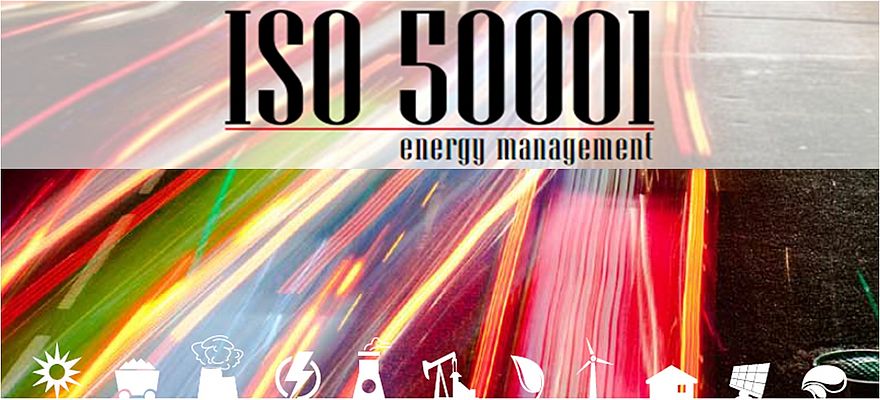A few years ago when I was gathering requirements for ISO 50001 software, I asked early adopters of EN 16001 the following question: "You already have ISO 14001. Will you have a standalone system for EN 16001?" 90% of the companies said that they would integrate their energy management system with ISO 14001.
Common elements of ISO 50001 and ISO 14001 (Table1)
ISO 14001 and ISO 50001 complement each other using the PDCA continuous improvement method, allowing integration of energy and environmental management in your organisation. Many management activities are common such as document management, auditing, corrective action and management review. Both standards require the setting of objectives and targets for continual improvement.
Obstacles to integration include different teams with different skills and systems to address only those areas familiar to these teams. From discussions, energy managers were reluctant to certify to ISO 50001 due to the management system requirements. On the other hand, the environmental teams have experience in the management requirements for 14001. Using these existing resources can make implementing ISO 50001 easier. The real benefit of integration happens when the environmental (and quality) and energy teams work closely to identify energy savings in all of your organisations operations.

Elements of ISO 50001 and ISO 14001 that are similar (Table 2)
For elements such as document management, auditing, CAPA and management review, tools and techniques can be integrated because:
- The ISO 14001 document management requirements go well beyond that of ISO 50001.
- Existing ISO 14001 audit and corrective action processes can be used.
- Many ISO 14001 procedures can be easily adapted reducing information flow and duplication.
Different IT systems include spreadsheets and various document and action management tools. Strong IT systems make the integration easier by supporting:
- Better resource management – more time to identify new energy savings
- Dynamic workflow, enabling better teamwork for more effective energy saving actions.
- Strong document control and the elimination of duplication of information
- Easy access to required information by different people
- Efficient activity planning with target dates and automated reminders
- Easier maintenance of both certifications.
Unique elements of ISO 50001 compared to ISO 14001 (Table 3)
The unique elements of ISO 50001 are all centred on technical activities and software solutions can provide:
- Efficient and dynamic management of objectives and targets
- Automated reporting for monitoring energy performance improvements.
ISO 50001 can and should be integrated with ISO 14001 and IT systems help to achieve this quicker and easier. Integration will results in financial and business benefits through improved efficiency in your organisation.

Aubout the author
Mike Brogan, COO of Enerit, has over 20 years of experience in the area of energy management. Mike is delegated to the ISO Technical Committee 242 (Energy Management), as an expert in developing guidance for implementing an ISO 50001 EnMS.
Enerit is focused on developing innovative IT and Software services for energy management and in particular systematic energy management based on the international standards in energy management ISO 50001.




















